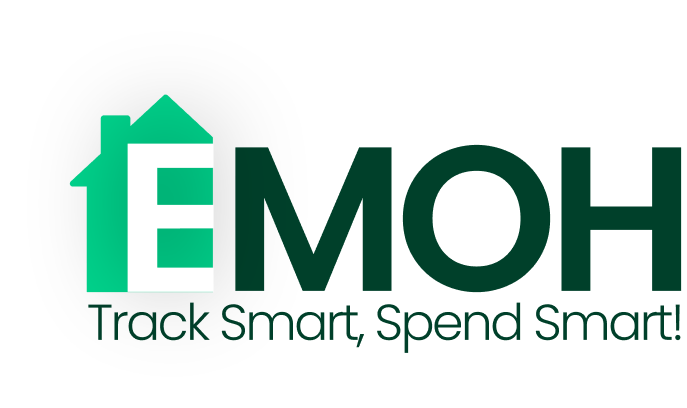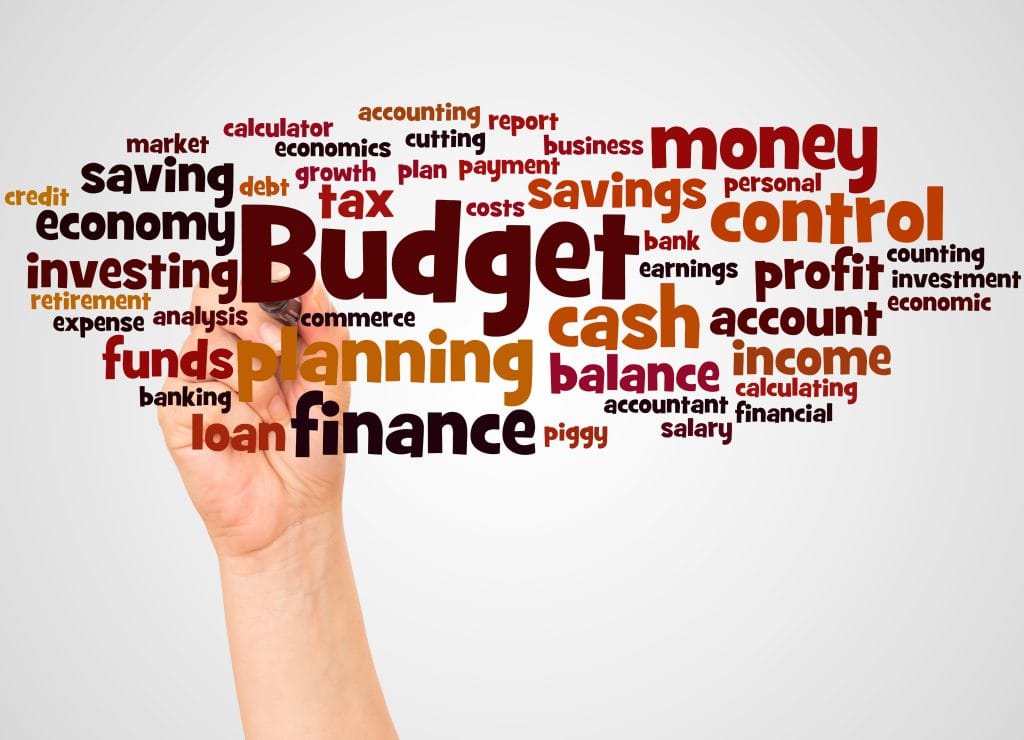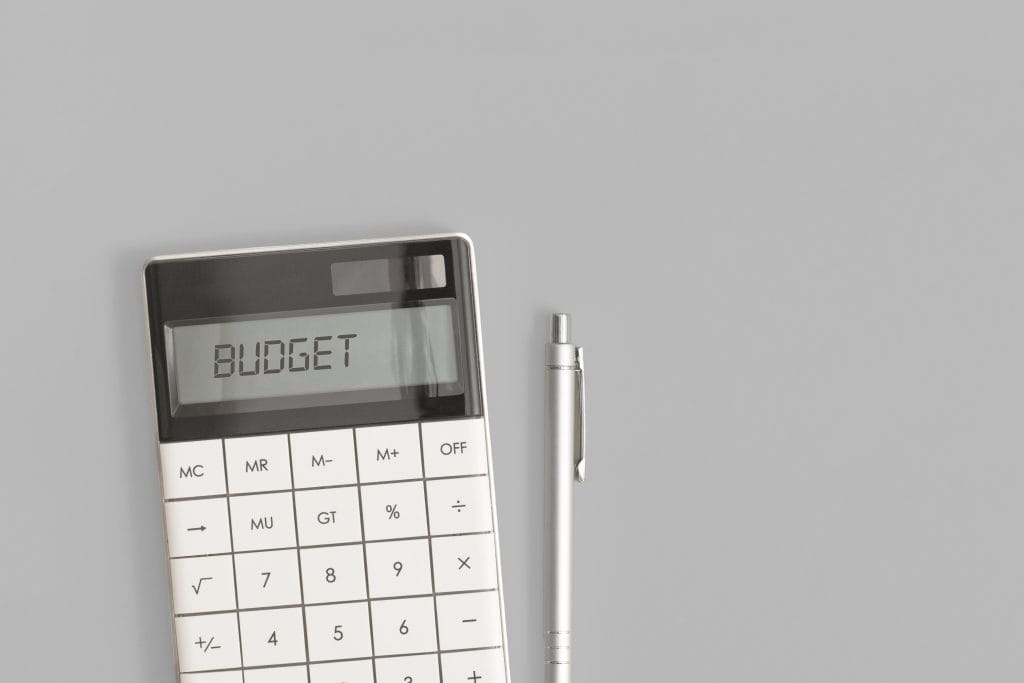Being a freelancer in Canada offers incredible freedom and flexibility. You are your own boss, setting your own hours and choosing the projects that inspire you. However, this independence comes with the responsibility of managing your own finances, a task that can feel daunting without the predictability of a traditional salary. This is where mastering the art of freelancer budgeting Canada becomes not just a good habit, but a cornerstone of your business’s stability and growth.
Understanding how to manage your money effectively allows you to navigate the natural ups and downs of freelance life with confidence. It empowers you to pay yourself consistently, save for future goals, and meet your tax obligations without stress. This guide will walk you through the essential steps to create a budget that works for you, ensuring your financial health is as strong as your professional skills.
The Challenge of a Variable Income
The first hurdle for many freelancers is dealing with a variable income. Unlike a salaried employee who receives the same amount every two weeks, your earnings can fluctuate significantly from one month to the next. One month you might land a major project, and the next could be quieter. This inconsistency makes traditional budgeting methods, which rely on a fixed monthly income, feel inadequate.
The key is to shift your mindset from a monthly budget to a more flexible, percentage-based system. Instead of assigning fixed dollar amounts to categories, you allocate percentages of your income to different financial goals. This approach ensures that when you have a high-earning month, you save more, and during a lean month, you aren’t overextended. It’s about creating a system that adapts to your financial reality, providing stability in an inherently unstable environment.
Step 1: Separate Your Finances
The most critical first step in successful freelancer budgeting is to separate your business and personal finances. Mixing them is a recipe for confusion, making it nearly impossible to track your business’s profitability or prepare for tax season.
Open a dedicated business bank account. All payments from clients should go into this account, and all business-related expenses should be paid from it. This separation creates a clear financial record, simplifying bookkeeping and providing a true picture of your business’s cash flow.
This is where tools designed for freelancers can make a significant difference. For example, the Emohpay app helps you manage payments and track expenses in one place, creating a clear distinction between your business and personal transactions from the very beginning. Having this organized system is fundamental to building a solid financial foundation.
Step 2: Track Your Business Expenses
Once your finances are separate, you need to meticulously track every dollar you spend on your business. Keeping a detailed record of your business expenses in Canada is crucial not only for understanding your profitability but also for reducing your taxable income. Many costs associated with running your freelance business are deductible, which can save you a significant amount of money when you file your taxes.
Common deductible expenses for Canadian freelancers include:
- Home Office Expenses: A portion of your rent/mortgage interest, utilities, and internet bills.
- Office Supplies: Everything from paper and pens to software subscriptions.
- Professional Development: Courses, workshops, and industry conference fees.
- Marketing and Advertising: Website hosting, business cards, and online ads.
- Bank Fees: Monthly fees on your business account.
- Professional Services: Fees paid to accountants or lawyers.
Using an app to categorize these expenses as they occur saves you from a year-end scramble. It ensures you don’t miss any potential deductions and provides a clear overview of where your money is going.
Step 3: Master Your Tax Obligations
Taxes are one of the biggest financial hurdles for new freelancers. When you’re an employee, taxes are deducted from your paycheque automatically. As a freelancer, you are responsible for calculating and remitting your own income tax, as well as Canada Pension Plan (CPP) and Employment Insurance (EI) premiums.
A core component of effective freelancer budgeting Canada is implementing a system for tax set-asides. A common rule of thumb is to set aside 25-30% of every payment you receive into a separate savings account. This money is not yours to spend; it is reserved for the Canada Revenue Agency (CRA). By isolating these funds immediately, you avoid the shock of a large tax bill and ensure you have the cash on hand to pay it.
Furthermore, depending on your earnings, you may need to handle GST/HST registration. In Canada, if your freelance revenue exceeds $30,000 in a single calendar quarter or over four consecutive quarters, you are required to register for, collect, and remit GST/HST. Understanding this threshold is vital to remaining compliant and avoiding penalties.
Step 4: Build a Financial Safety Net
The unpredictable nature of freelancing makes a financial safety net non-negotiable. This involves two key components: an emergency fund and a cash buffer.
An emergency fund is for personal life events, like an unexpected medical expense or urgent home repair. Financial experts generally recommend having 3-6 months’ worth of essential living expenses saved.
A cash buffer, on the other hand, is a business-specific fund designed to cover your business expenses and personal salary during slow periods. When a client pays late or you have a gap between projects, this buffer allows you to continue operating without stress. It provides the breathing room you need to find new work without desperation, ensuring you don’t have to accept low-paying projects just to make ends meet.
Step 5: Embrace Quarterly Planning
For many Canadian freelancers, taxes are not just an annual event. If your net tax owing is more than $3,000 in the current year and either of the two previous years, the CRA will require you to pay your income tax in quarterly instalments. This makes quarterly planning in Canada an essential practice.
Every three months, review your income and expenses. This regular check-in allows you to:
- Adjust your income projections for the rest of the year.
- Ensure your tax set-asides are on track.
- Make your quarterly tax payments to the CRA on time.
- Assess your progress toward your financial goals.
This proactive approach transforms tax time from a stressful deadline into a manageable, routine task. Emohpay can generate income and expense reports, which are invaluable during these quarterly reviews. They give you the data needed to make informed decisions about your finances and business strategy.
Putting It All Together: Your Budgeting Framework
Building a robust budget is the most empowering step you can take for your freelance career. By combining these strategies, you create a comprehensive system for financial management. A successful approach to freelancer budgeting Canada ensures you are prepared for taxes, shielded from income volatility, and positioned for long-term growth.
This process might seem complex at first, but with the right tools and consistent habits, it becomes second nature. The peace of mind that comes from having control over your finances is invaluable, freeing you to focus on what you do best: delivering exceptional work for your clients. Proper freelancer budgeting Canada is the ultimate form of self-care for your business.
Frequently Asked Questions
How big should my buffer be with unpredictable income?
Aim for a cash buffer that can cover 1-3 months of essential business expenses and your personal salary.
How do I tag business vs personal expenses cleanly?
Use a dedicated business bank account and a financial app like Emohpay to categorize transactions as they happen.
How can reports help me estimate tax set-asides?
Income reports show your total earnings, allowing you to accurately calculate and set aside 25-30% for taxes.











